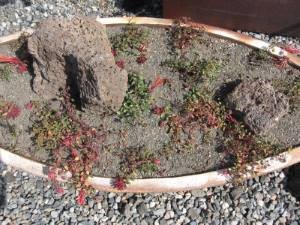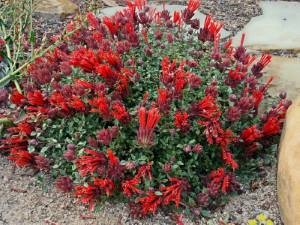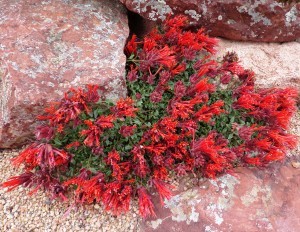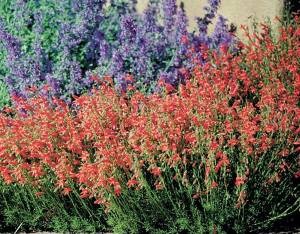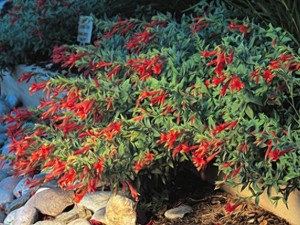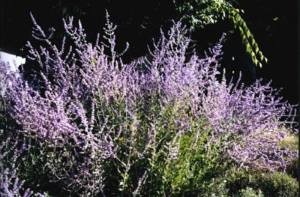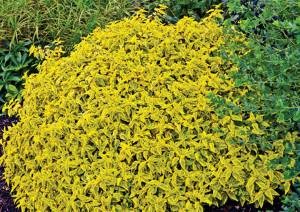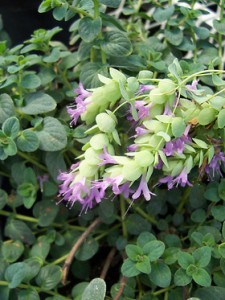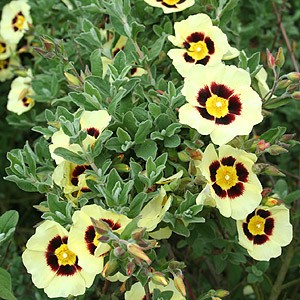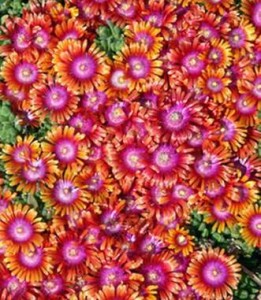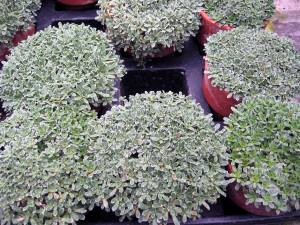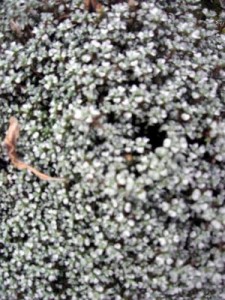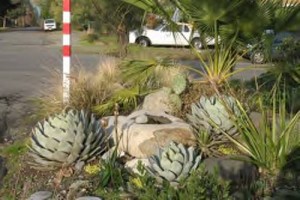
Far Reaches Farm in Pt. Townsend offered some interesting plants that need little water once established. The following picture of Monardella macrantha (Hummingbird coyote mint) shows the beginning of a planter that will be a knockout introduction to what many of us need to begin. The agave picture came from Desert Northwest – another local gem.
I hope to write more on ‘low water gardening’ shortly and the planning of a display garden around this issue. The Pacific Northwest is dry every summer, yet most of us l have not managed to effectively plan our gardens around this fact. We think that successful gardening should rely less on irrigation and more on appropriate plant selection and gardening practices.
Do you still love your lawnmower? I do not and want to do something more sensible but interesting as well. The next pictures will give you an idea of what this planter or your landscape will look like a few years down the road. The theme of Xeric gardening should be viewed as “common sense gardening!” A few Xeric plants and rock garden plants I grow or have purchased (or am still hunting down) include Penstemon pinifolius, Zauschneria and new forms of Perovskia.
New forms of Cistus ‘Micki’, Origanum ‘Amethyst Falls’, Halimiocistus wintonensis ‘Merrist Wood Cream’ and encrusted saxiifrage are great landscape or rockery plants. I am also hopeful of finding one plant I cannot remember the name of, but a future visit to the above nursery will reveal it.
Yucca and Agave can provide vertical inspiration as well as green-blue tones or even variegation. Domestic Agaves provide hardy alternatives to this garden. Sequim’s Desert Northwest provides at least 10 varieties of hardy Agave and is well worth visiting be it on line or by appointment.For ground covers and understory plants there is much to choose from. Delosperma ground covers are a ‘hardy’ S. African ice plant that depending upon the cultivar range from white, yellow to magenta and lavender. Best of all many of these plants mentioned are deer resistant. Allium senescens var. glaucum and Raoulia australis provide a silver alternative. 2015 has become a West coast drought phenomenon and although California gets the headlines, the Pacific Northwest is suffering from a drought caused by low mountain snow packs and hot and dry summers without any rainfall. I suggest that this will remind us that it is always wise to plant with drought in mind. Best of all the Xeric gardener will save time and money on water by using them.
I have neglected to mention the use of cacti or succulents. Sequim Was receives about 15″ of rain annually, providing opportunity to incorporate desert plants on non-amended native soil as long as a gravel mulch is used as it provides air spaces to keep moisture away from the crowns of moisture-sensitive plants. For weed suppression, one should use at least 1-3 inches of mulch depending on the size of the plants.
(C) Herb Senft 2015

